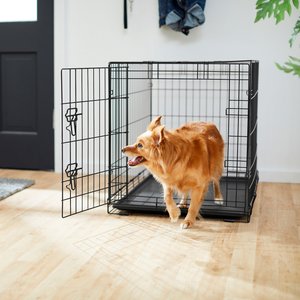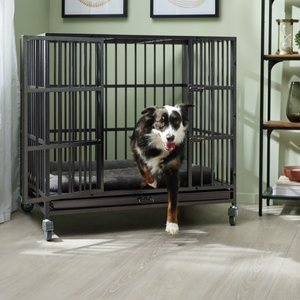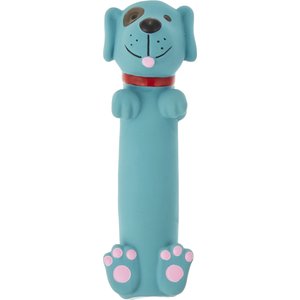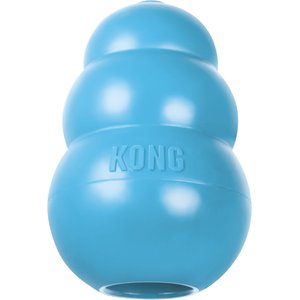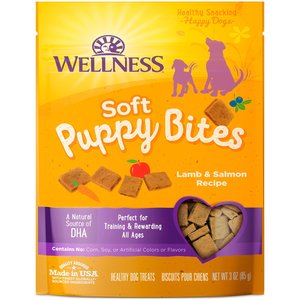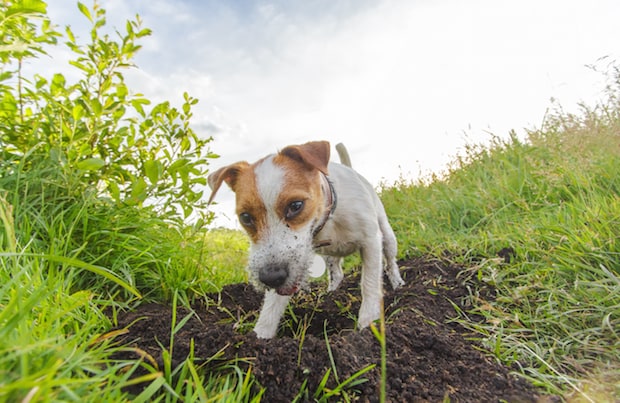So, your new puppy is home and they’re adorable—when they’re sleeping. Awake, they’re high-energy and in constant motion. Now you are asking yourself, “What was I thinking?” and “When will they ever calm down!?”
Here’s the good news: Your puppy will eventually calm down (we swear!), and there are a few tactics you can use to help them get zen sooner than later.
In This Guide
5 Ways to Calm a Puppy
Follow these tips to calm your life once you are smitten with your new puppy:
1Practice Crate Training
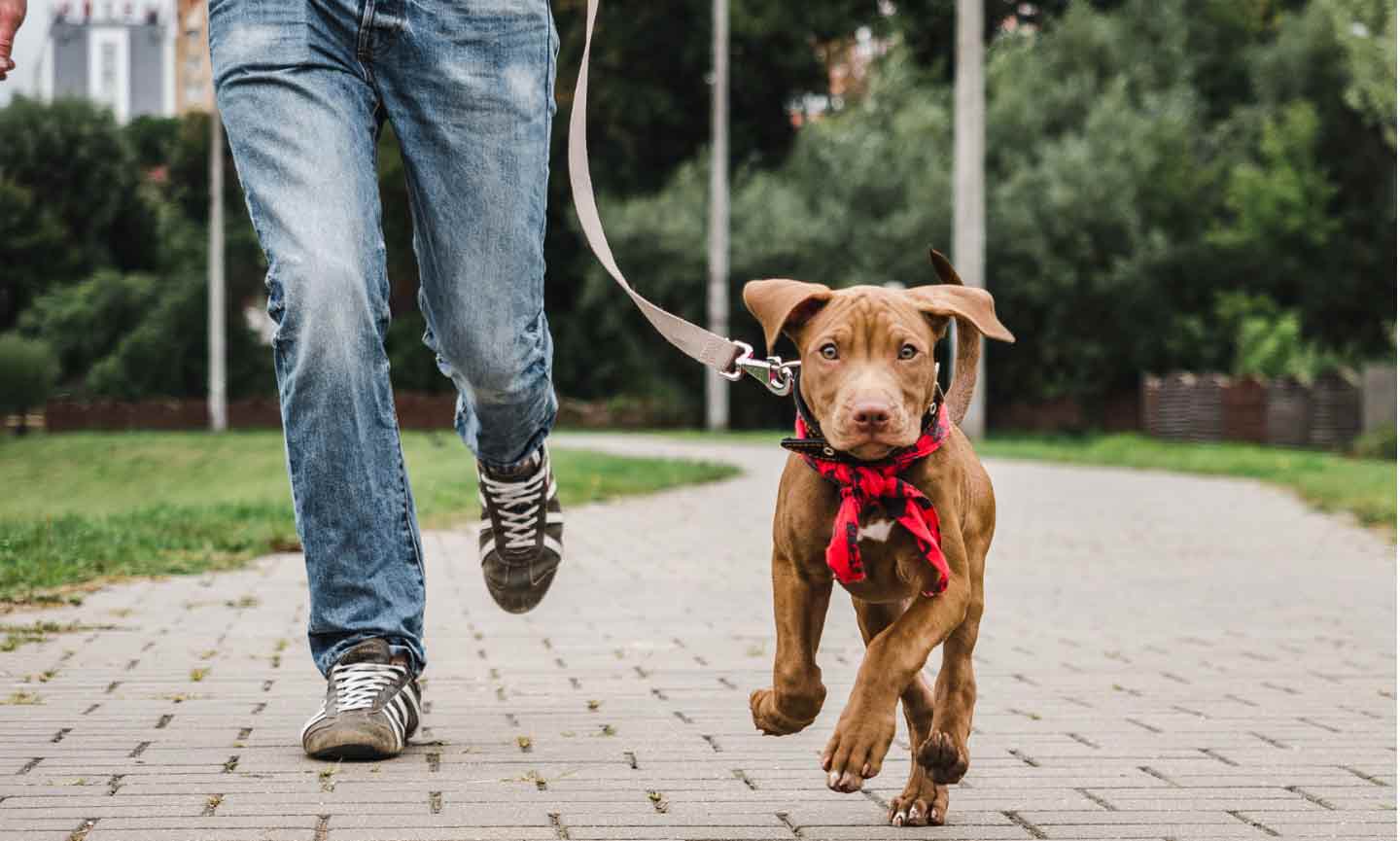
2Cross-Train Your Pup
When it comes to your new puppy, it’s better to work a little bit on lots of different skills rather than focusing solely on any one thing. Explore four areas of exercise: physical, mental, sniffing and chewing.
- Physical: The best physical exercise for puppies includes short spurts of running and play in safe places like fenced-in yards. Embrace the zoomies! But remember that puppies’ bone structures are not complete for up to a year or more. Walking for more than around a half-mile, jogging with humans or jumping frequently are not good activities for a new puppy. Follow your puppy’s lead, and don’t push them to continue exercising if they look tired.
- Mental: Provide mental stimulation through puppy training classes and at-home daily practice. You can also provide them mental challenges through treat-dispensing dog toys.
- Sniffing: Dogs love exercising their sense of smell—and it’s a great way to tire them out and help them calm down, too. Offer unique items to smell and play with, such as an orange with a scored peel (just don’t let them eat the peel) or a small pumpkin with some skin removed. Hide dog treats in cardboard boxes for them to find. Scatter a kibble meal onto the carpet or in untreated grass for foraging instead of using a bowl.
- Chewing: We all know puppies love to chew. Whether exploring the world through their mouths or relieving the irritation of teething at around 4 months of age, a new puppy needs safe items to chew. What you choose depends on how hard your puppy chews and whether or not they try to consume what they chew. Durable rubber chew toys are good, but should be inspected often for wear. Some dogs enjoy chewing on whole fresh carrots, dried sweet potatoes or other organic items. Appropriate chewing outlets tire out your puppy and save your valued possessions!
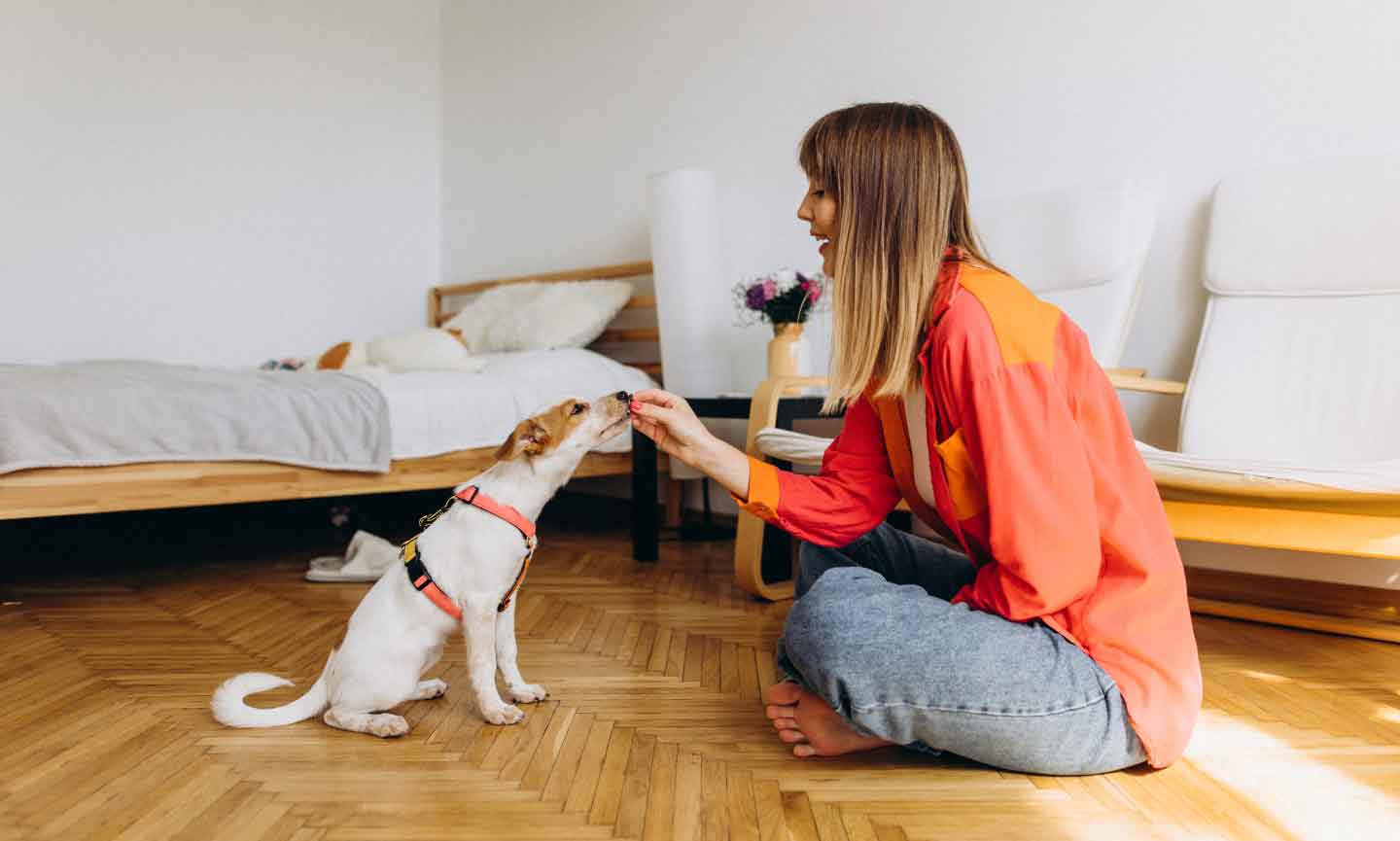
3Catch and Reward Good Impulses
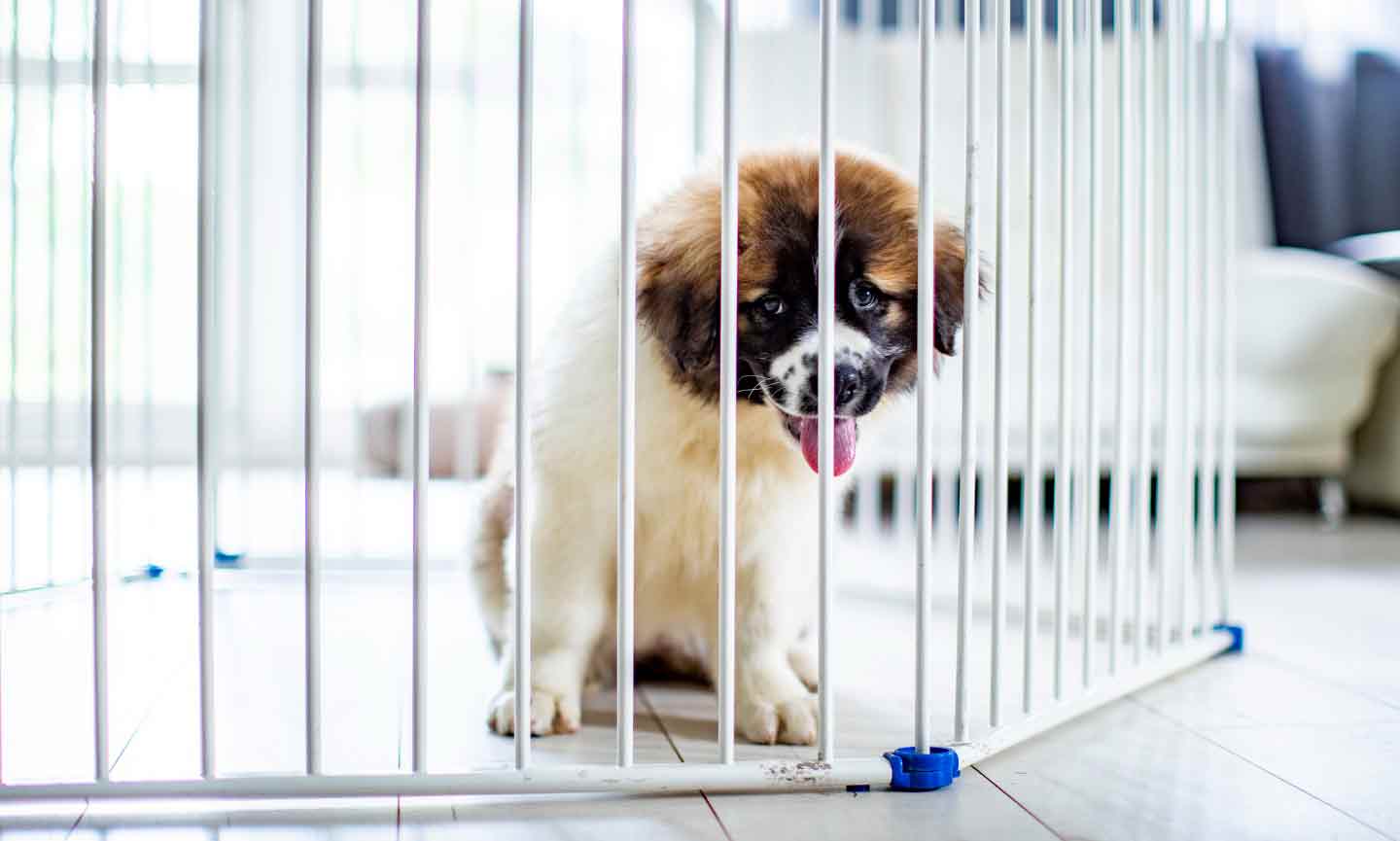
4Manage Your Environment
If you remove your puppy’s access to things they shouldn’t have, they are left with a much better chance of “being good.” Don’t want your pup to use your shoes as chew toys? Put them behind a closed closet door. Get more puppy-proofing tips.
You can manage their energy levels in a similar way. For example, if your puppy pulls and darts on leash, play in a safe area such as a dog park or your backyard before your walk. Throw a ball, play tug or get them to chase you around a bit. Once they have run off their “zoomies,” they may be able to calm down and walk better with a dog leash on.
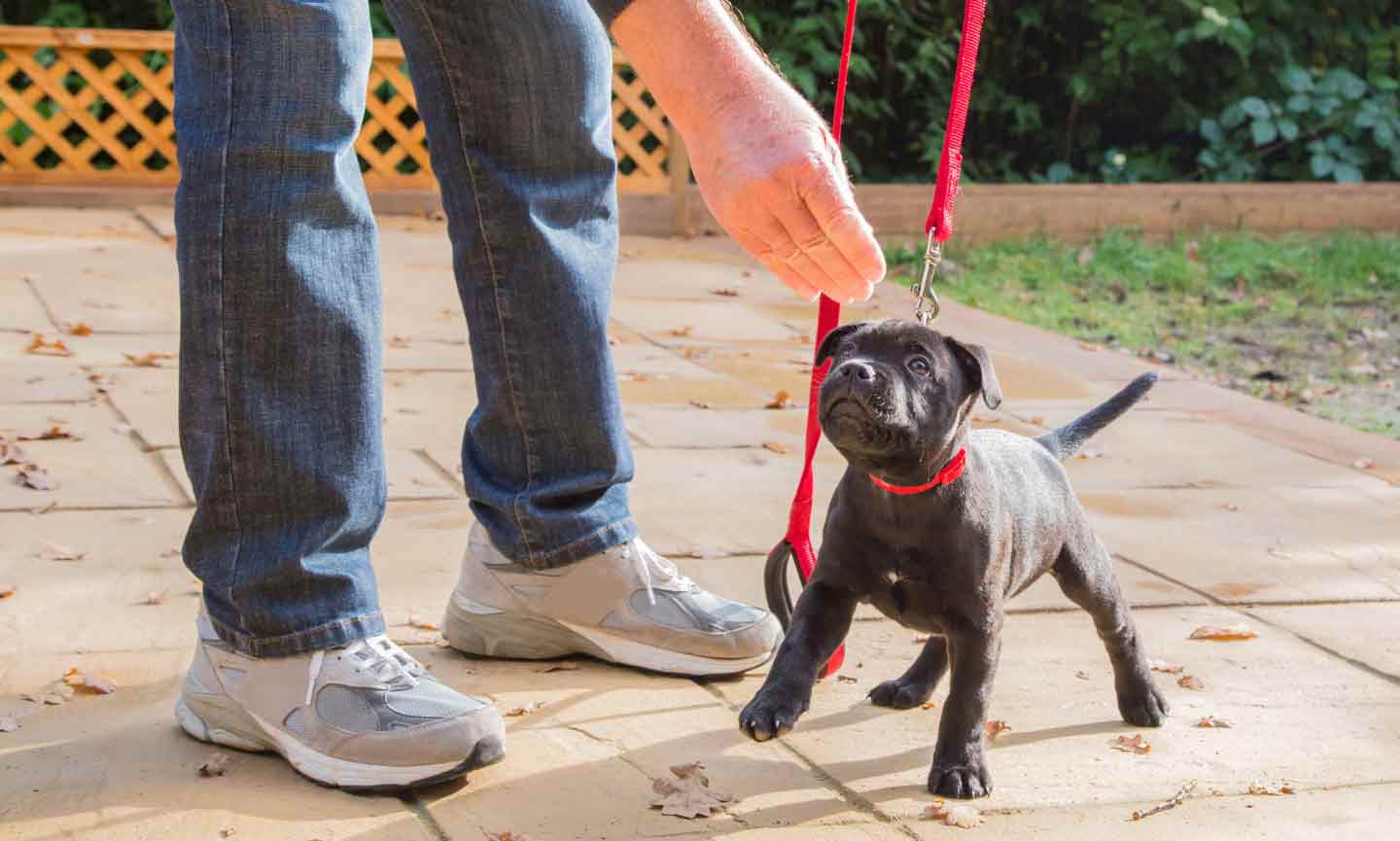
5Train Now—and Repeat Often
Puppy Energy Vs. Hyperactivity: What’s Normal?
Puppies are a lot of work. At times, their excess energy seems inexhaustible. Everything is new to them, and they are more coordinated than human babies at this age. They not only have the curiosity to investigate, but the ability as well!
As puppy parents, we sometimes exaggerate the extent of the new puppy’s excited behavior because we. Are. Exhausted. And for some puppies, simply getting enough exercise and maybe a bit of puppy training is enough to eventually get them to calm down. However, there is a difference between typical puppy activity and true “hyperactivity.”
Canine hyperactivity, a condition called hyperkinesis, exists in an extremely small percentage of dogs. Clinically diagnosed hyperactive dogs have the following symptoms:
- They don’t learn well
- They cannot maintain a “sit” or “down” even with practice
- They don’t settle overnight
- They are overly excited by new things
Additionally, hyperactive dogs may:
- have elevated heart and respiratory rates
- salivate and vocalize excessively
- have low body condition score
Of course, only your veterinarian can diagnose this condition. If you see clear symptoms of hyperactivity, make notes and discuss with your veterinarian.
Statistically, it is much more likely your puppy is not hyperactive, but needs appropriate exercise, mental stimulation, and dog training. Reset your expectations, and learn the tricks good trainers can offer.
High-Energy Dog Breeds
While most puppies have lots of energy, some breeds need more playtime than others. High-energy breeds are ones who were generally bred to be herding dogs, hunting and sporting dogs, as well as the terrier class.
Here are a few examples of high-energy dog breeds:
Does My Puppy Have Separation Anxiety?
Separation anxiety is a condition in which a dog responds to the absence of their pet parents with anxious episodes, often resulting in undesirable behaviors like:
These behavior problems can occur in any dog—it is not breed specific or related to having a hyperactive dog. Luckily, training sessions with an animal behaviorist can help resolve these issues, allowing your pup to be the best dog they can be.
More Puppy Tips
Share:

